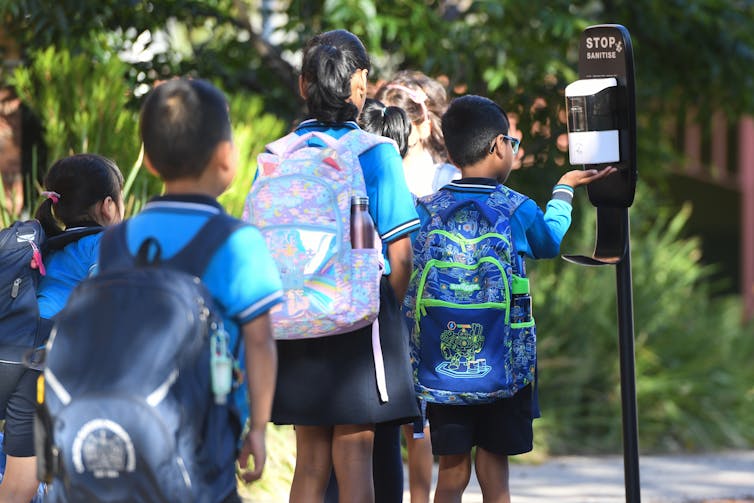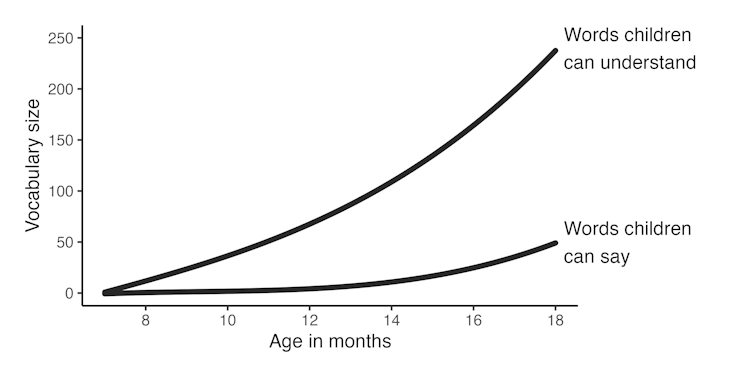Australian schools have been under huge pressures in recent years. On top of concerns about academic progress and staff shortages, schools have faced significant, ongoing disruptions due to COVID and major flooding disasters.
In response, there has been considerable attention rightly given to students, families and classroom teachers. But what about the people tasked with leading their schools through these unprecedented times? We have been surveying Australian principals and other school leaders – such as deputy principals and assistant principals – for more than a decade.
Previous reports from this project have highlighted ongoing challenges for school leaders, even during the first difficult year of COVID. But while there are some consistent themes, this year’s report shows there has been a significant, worrying shift.
The situation is more serious and pressing than previously reported: many Australian principals are on the verge of a crisis.
Australian teachers are dissatisfied with their jobs but their sense of professional belonging is strong
Our research
Our survey has collected data every year since 2011 and is now the most significant and longest-running survey of its type in the world.
Each year we have been able to survey around 2,000 school leaders about what is happening in their jobs. This includes tracking their health and wellbeing.
To date, the project has collected data from over 7,100 individual school leaders across government, independent and Catholic schools, all around the country. Given there are around 10,000 schools across Australia, this is a major source of evidence.
Three major findings stand out from the 2022 report.

Erik Anderson/AAP
1. Sources of stress are changing and growing
Each year, participants rate 19 sources of stress on a scale of one (not stressful) to ten (extremely stressful). We then rank all 19 based on the average score for each stressor.
Unsurprisingly, sheer workload and lack of time to focus on teaching and learning have been the two top stressors every year.
This year, however, the impact of teacher shortages has risen from a ranking of 12 in 2021 to three in 2022. On top of this, and for the first time, supporting the mental health of students and teachers combined to make the top five.
The average scores also continue to increase to the highest levels we have seen. For example, in 2021, student mental health scored an average of 7.0. In 2022 its average was 7.3. Teacher mental heath rose from an average of 6.7 to 7.2.
For the first time in the history of the survey, there are seven sources of stress with an average score higher than 7.0. On top of work levels, lack of time, teacher shortages and student and teacher mental health, this includes “student-related issues” and “expectations of employers”.
Seeing so many significant stressors clustered together is new. And their cumulative impact is highly concerning.
2. Parents are harassing and abusing principals
In trying to manage these complexities, school leaders are facing increasing levels of abuse and threatening behaviour.
Sadly, school leaders in our survey have historically suffered much higher levels of threatening and violent abuse than the general population. Prior to COVID-19, in 2019, nearly 50% of school leaders reported being threatened with violence. While this dropped to 43% during the first phases of COVID-19 (2020-2021), it now exceeds 50%.
Concerningly, school leaders reported parents as a major source of bullying and threatening behaviour.
In the 2022 survey, one third of participants report being subjected to bullying. When asked to say “from whom”, the highest result was “from parents” (19%). Conflicts and quarrels are reported by 60% of participants, mostly with parents (36%).
Gossip and slander was reported by 50% of participants, again, with most of these from parents (31%).
‘They phone you up during lunch and yell at you’ – why teachers say dealing with parents is the worst part of their job
3. More principals need help
Part of our survey includes a “red flag” process. Because participants are telling us about their wellbeing, we will email them directly and confidentially if their responses suggest they should seek further professional help to protect their mental health.
These emails are intended to warn school leaders they are experiencing high stress levels and direct them to sources of support.
In 2022, an alarming 48% of school leaders received red-flag warnings. This is an enormous increase of 18% points in 2021 and the highest level since the start of the survey in 2011. Across 2017–2021, red-flag warnings averaged 29%, highlighting the significance of the 2022 result.

Shutterstock
What can we do about it?
Principals and school leaders have spent the past three years steering their communities through a global pandemic and in some cases, devastating flooding and bushfires.
We know the teaching workforce is under stress and many teachers are leaving or intending to leave. We also know families and communities have been stressed and stretched by the pandemic and what this has meant for their work and home lives.
Australia has a plan to fix its school teacher shortage. Will it work?
But we cannot forget school principals in our responses. Our research shows they are enduring more and different stressors on top of already huge workloads. But they are not getting the support they need, rather, in too many cases, they are enduring abuse and bullying from parents.
Our red flag process shows this is taking a highly concerning toll on the health and wellbeing of school leaders, just when we need them most.
This year’s survey results show, more than ever, school leaders need urgent and significant support.
Federal and state governments have recently responded to teacher shortages with a National Teacher Workforce Action Plan. It’s an important start, but our report shows the problem will compound if comparable strategies are not also developed for school leaders.
We now call on governments to specifically address the health and wellbeing of Australian school principals. We cannot acheive anything meaningful in education if our school leaders are not better supported to do their work, which is so critical to keeping teachers, students and school communities happy, safe and engaged.




